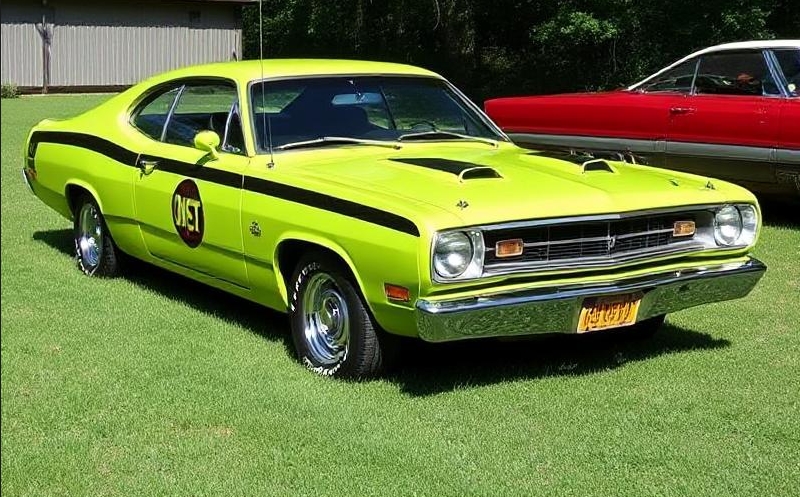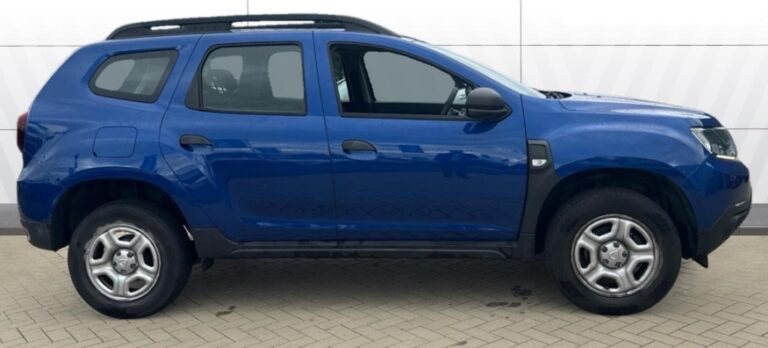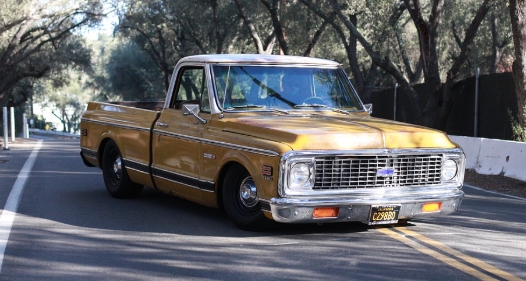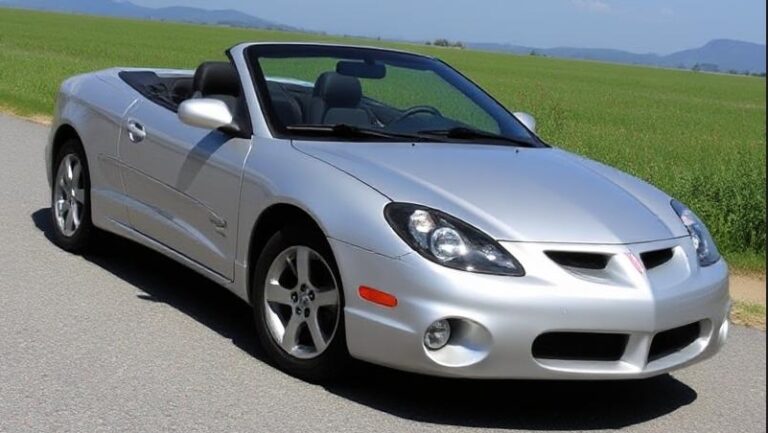The Evolution of the Plymouth Duster: A Classic American Car
The Plymouth Duster has secured its place in the annals of American automotive history as a symbol of muscle car freedom and performance. Released in the early 1970s, the Duster was a blend of style, performance, practicality, and affordability, striking a chord with a generation seeking a unique vehicle that offered both power and efficiency. Over the years, the Duster evolved, adapting to the tastes of the American public, regulatory standards, and changing market demands. This article explores the evolution of the Plymouth Duster, detailing the various models and trim levels produced throughout its run.
Introduction to the Duster
The Duster debuted in 1970 as a successor to the Plymouth Valiant, designed to capitalize on the burgeoning compact car market fused with the growing muscle car trend. The car represented Plymouth’s entry into the performance compact segment, standing out with its distinctive styling and robust performance features.
1970: The Birth of the Duster
The Plymouth Duster was first introduced to the market in 1970, built on the A-body platform, which was shared with other Plymouth and Dodge models. The initial model year offered a choice of engines, starting with a base 225 cubic inch Slant-6 engine, producing 145 horsepower. Performance enthusiasts could opt for the 318 cubic inch V8 engine, generating 230 horsepower, or even the impressive 340 cubic inch V8, which delivered 240 horsepower.
Trim Levels in 1970
In its inaugural year, the Duster was available in three primary trim levels:
- Duster 100: This was the base model, which included the 225 Slant-6 engine, basic interior features, and a no-frills approach to automobile design.
- Duster 200: The mid-level trim offered more amenities, including upgraded interior features and optional V8 engines.
- Duster 340: Aimed at performance enthusiasts, this model came with the formidable 340 cubic inch V8, sport-focused suspension, and a host of performance-enhancing options.
1971-1973: Refinement and Popularity
The Duster quickly garnered attention and sales during its first few years. In 1971, the styling was refined slightly with a new grille and tail lights. Additionally, new safety regulations led to changes in bumpers and other design elements to improve crash safety. Plymouth also began to introduce new options, including the “Swinger” package, which effectively enhanced the car’s sporty appearances without radical changes.
Trim levels in these years included:
- Duster 100: Continued as a base model, with minor refinements from 1970 and the addition of new color options.
- Duster 200: Remained popular, offering sporty upgrades and engine options.
- Duster 340/Swinger: Leveraged the success of the performance model and became a staple among car enthusiasts.
By 1973, The Duster reached its peak sales, signaling its status as one of Plymouth’s best-sellers.
1974: The Farewell to the Performance Era
The automotive landscape began to shift in the mid-1970s due to the oil crisis and tightening emissions regulations. Plymouth adapted by introducing the Duster in a more consumer-friendly manner. The performance models were scaled back, with reduced power outputs and the elimination of the 340 engine.
Trim Levels in 1974
- Duster: The base car and the primary trim, focused on fuel efficiency with the option of the 318 V8 being more economical than prior performance configurations.
- Duster Special Edition (SE): This model introduced more comfort-oriented features, like improved upholstery options and a more refined dashboard.
While production continued, the Duster lost much of its performance edge, with buyers increasingly prioritizing fuel economy over horsepower.
1975-1976: The Transition Period
Production continued, but the Duster faced competition from other manufacturers that were adapting to changing consumer preferences more quickly. The mid-1970s saw a decline in muscle car enthusiasm. In response, Duster began to focus on compact execution, minimizing performance elements in favor of comfort.
Trim Levels in 1975-1976
- Duster: Continues to be the basic model offering standard features and engine options.
- Duster Special Edition (SE): The premium trim level, enhancing luxury features without performance focus.
The 1976 model year marked the end of the first generation, with heavy cosmetic updates; however, it still reflected the diminished muscle car ethos.
.

.
1977-1980: The End of an Era
The Duster underwent further changes as the automotive industry embraced more efficiency and emissions standards. In 1977, the Duster was restyled with a more modern appearance. However, the performance aspect took a backseat completely as strong shifts in consumer preferences dictated priorities.
Trim Levels in 1977-1980
- Duster: The base model continued, focusing more on economy.
- Duster Sport: A sportier look became available, including unique trim and some cosmetic updates.
By 1980, the Duster nameplate was retired as consumer preferences shifted dramatically. The automotive industry was evolving, moving towards a new era of cars emphasizing efficiency over power.
Resurgence and Legacy in the 1990s
Although the Plymouth Duster as a specific model ceased production in 1980, the brand revived the moniker in the 1990s, albeit not in the same classic format. Various concepts and potential revivals emerged, reflecting the nostalgic affection for the Duster.
While not as widely produced, the legacy of the Duster survived through enthusiasts and collectors, maintaining a significant spot in classic car culture. Its identity as a symbol of the American muscle car ethos continued to influence automotive culture and design long after its last model year.
Conclusion: A Lasting Icon
The Plymouth Duster remains a significant part of American automotive history. Its evolution from a performance-oriented compact to an economical daily driver reflects the changing landscape of the automotive industry and consumer preferences over two decades. Even after its discontinuation, the Duster’s impact is evident within automotive circles, wherein enthusiasts relish the memories of its sporty versions and classic designs.







